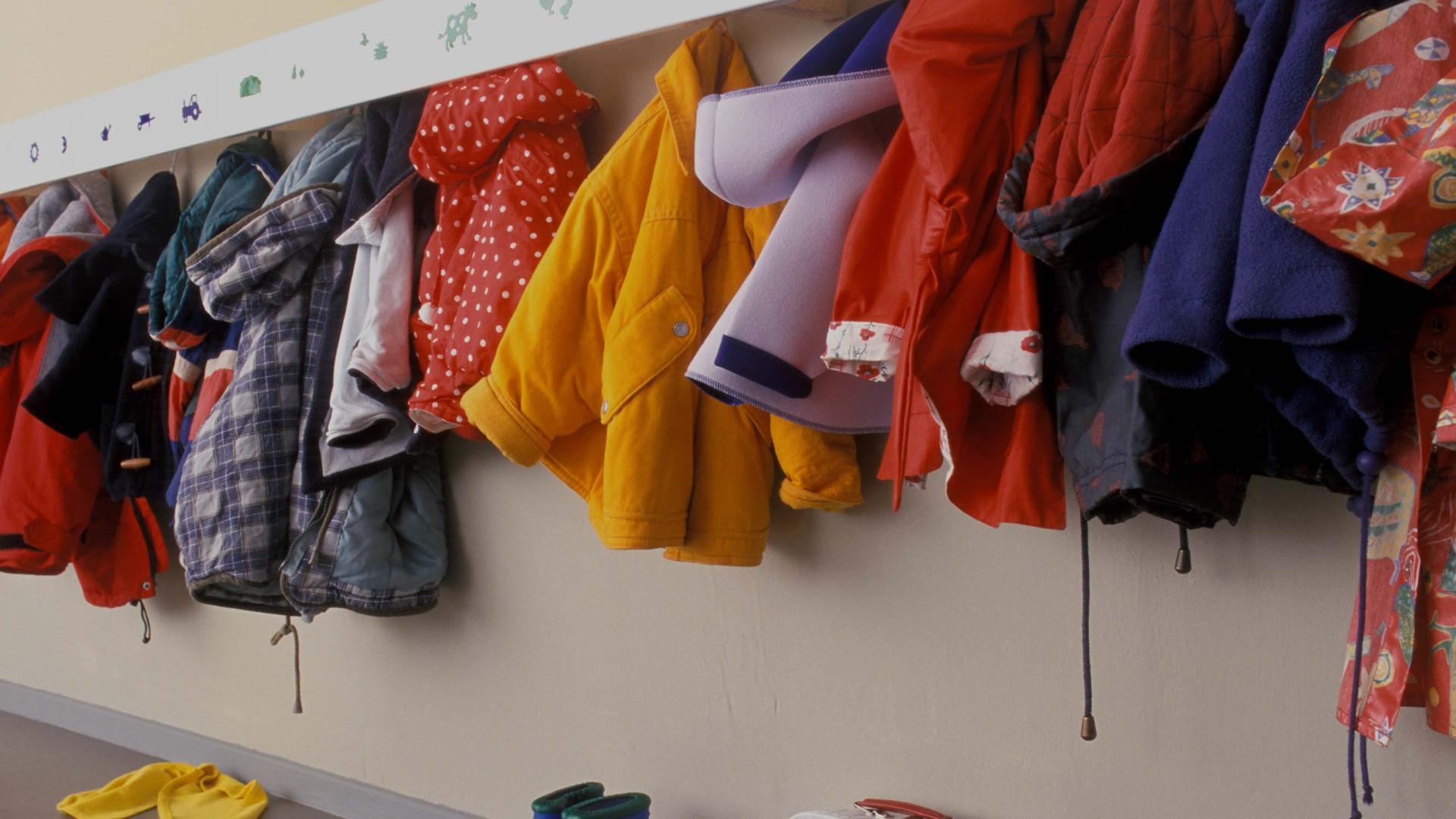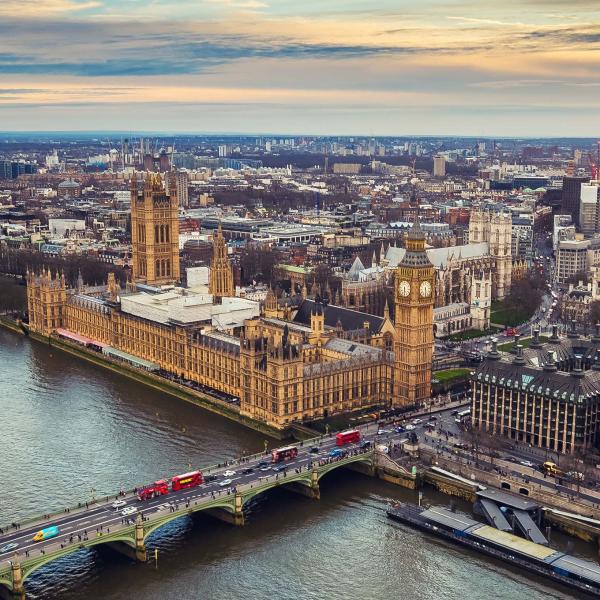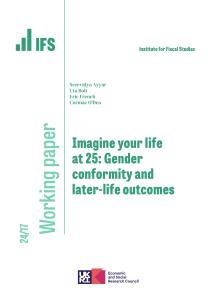The Labour party has tonight announced plans to pay for around 3,300 new nurseries located in primary school classrooms. Falling numbers of primary school pupils mean that there may be opportunities to consolidate school groups and free up classrooms. The party argues that this is essential to deliver the huge, £4-billion expansion in funded childcare eligibility that the current government announced in 2023 – and to which Labour has also committed itself.
- Labour is proposing to spend around £135 million to fund the conversion of primary school classrooms into nursery rooms. With England set to have around 400,000 fewer primary-school pupils by 2029, Labour’s proposals would make use of some space that could be freed up in schools.
- Labour’s plans would create around 100,000 new nursery places – a 6% increase over current childcare places. This would mean that around 27% of childcare places are located in schools (up from 22% last year).
This would fully meet the expected increase in demand from the £4-billion-a-year expansion of childcare entitlements that the current government has announced, and Labour has signed up to. - Current plans are to encourage new childcare providers to set up these new places themselves, attracting them with funding rates that are substantially higher than market prices. For example, the places for under-2s offered from September this year will be funded at an average of £11.22 an hour, compared to a market price of just over £6.
There is some evidence that childcare and benefits for children are – on average – somewhat higher in public provision than in private, voluntary and independent settings. But the bigger test here will be whether these settings are able to recruit and retain staff to deliver high-quality care.
One potential advantage of Labour’s plans is that the government can play a more direct role in targeting where new provision is created. That could help to nudge the market towards areas with lower levels of provision. But the party will need to exercise care in choosing these locations: the most disadvantaged areas, where childcare supply is lowest, also tend to have lower demand for childcare (because of lower employment rates and lower eligibility for the free childcare offer). Any centrally-planned shortlist should take account of demand as well as supply.
Christine Farquharson, an Associate Director at the IFS, said: “By far the biggest choice Labour has made on childcare was the decision to sign up to the hugely ambitious expansion of funded childcare entitlements that the current government has introduced. By contrast, the plans announced today to pay for the conversion of 3,300 primary school classrooms (going spare because of falling pupil numbers) may nudge the market in a different direction – but certainly won’t transform it. Targeting provision at childcare ‘deserts’ could help to expand access to childcare in under-served areas – but a sensible plan would take into account the likely local demand for childcare, not just the (lack of) supply.”










